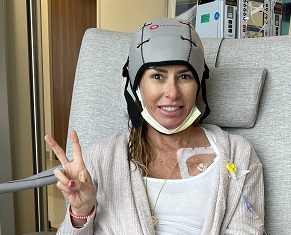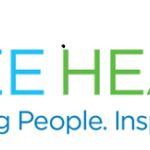A New Core Principal
The focus of so many risk management courses for doctors in the past has been the old standard rule to “document, document, document.” How many CME courses have you attended in the past that drilled you with this defensive motto? Although good documentation is vitally important, I want you to consider a more fundamentally important motto:
relationship, relationship, relationship. Nearly every patient lawsuit against a physician addresses some grievance the patient had in their relationship with the physician or practice. Very few patients who report having a great relationship with their physician will choose later to bring a lawsuit against them. The stronger your doctor / patient relationships are, then the weaker the legal system becomes as an option for patients to resolve the unexpected outcomes that naturally arise in every medical practice. Consider what Sir William Osler, often called the most influential physician in history, stated so eloquently when he said that “Patients dont care how much you know until they know how much you care.”
The focus on patient relationship is a much more positive and rewarding stance that we can take. The idealists among us may even say just focusing on relationships would cure the world, let alone the majority of lawsuits against doctors. Good relationships are about always doing the right thing for the other person. There is no amount of documentation that will avoid a lawsuit being filed or restore a broken relationship.
The top ten patient satisfaction elements are concern, friendliness, patience, sincerity, consideration, availability, technical quality of care, outcome, cost, and practice environment. We can break these elements down into a few key areas where a patient is most likely to experience them at your practice.
Reception / Greeting
What is your patients first experience when they call or arrive in person?
Is the first contact friendly, patient and attentive, or does it feel rushed?
Is the environment well organized and thoughtful for patients, or simply functional?
Is there any plan for addressing problems or complaints?
Meeting / Examination
What attention is given to placing the patient at ease?
Can you identify any individual needs to make the patient more comfortable?
Can you share any personal thoughts, common interests, or even humor?
Is there any undelivered communication from the patient? (Do you ask?)
Departing / Billing
Is any effort made to determine whether the patients needs have been met?
Is there any take-away to instruct, inform, or summarize the office visit?
Is the billing process simple, friendly and straightforward?
Does the patient feel they are a valued customer and welcomed to call anytime?
Almost all of these are benchmarks of caring and they can be enhanced with clear communication and by managing your patients expectations. Again, satisfied patients do NOT sue their doctors even when they are not satisfied with their health. Many lawyers hear from potential plaintiffs who do not want to sue one certain member of their team of doctors because they like them. They like them because they feel cared for, which sounds simple and rhetorical, but that is the point. The vast majority of doctors deeply care about their patients, but unfortunately too many do not know how to communicate this effectively or show their caring.
According to most professional risk management studies, up to seventy-five percent of lawsuits can be attributed to some form of communication problems. The great news about this rather astounding fact is that this can be fixed, as opposed to many cases that stem from diagnostic or surgical errors. The ancillary motto to relationship, relationship, relationship is of course to communicate, communicate, communicate. Clear communication is essential to building good relationships, but mix in a highly charged personal health issue and/or a dose of unexpected outcomes; then we have a perfect formula for building attorney wealth.
Think what a difference you can make in your patients and your own satisfaction and in decreasing your chances of being sued, by focusing on your patient relationships, communication techniques, and systems to improve them. By demonstrating your sincere caring for the patient relationship, you will achieve the highest potential for risk management success.
Post Views: 1,015


























